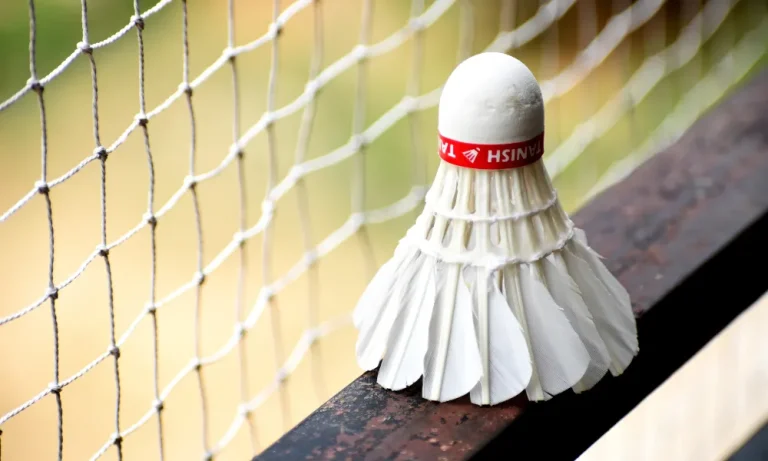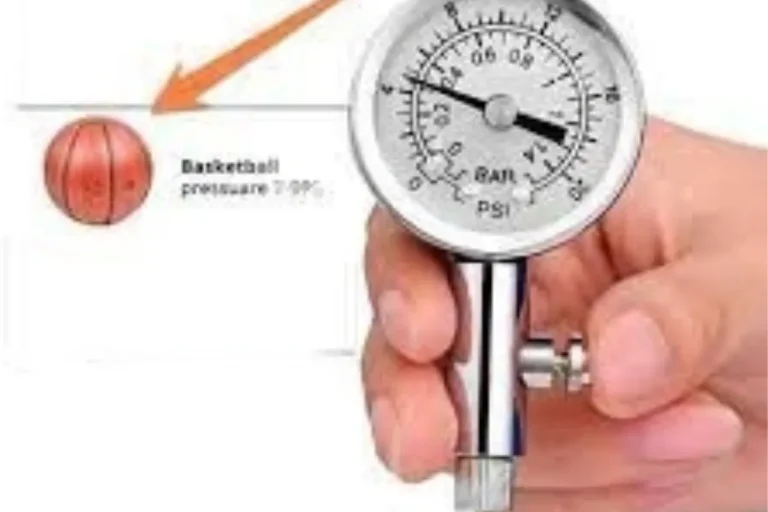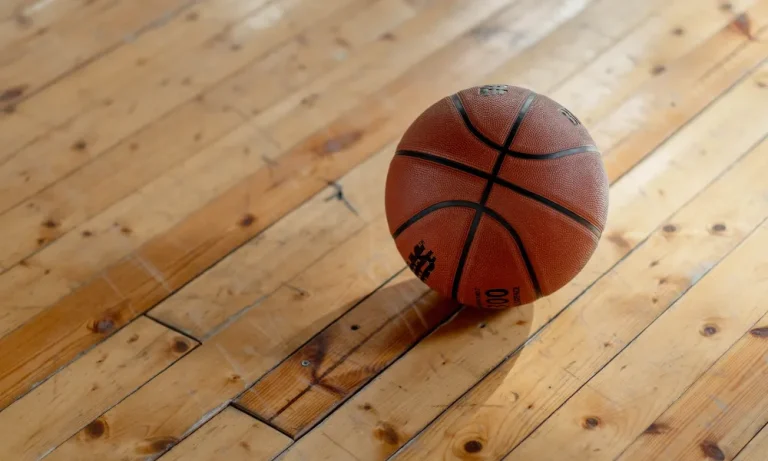The Meaning of ‘Pivot’ in Basketball: On the Court
Basketball is a game of finesse, strategy, and quick movements. But have you ever wondered what it means to “pivot” in basketball? Well, get ready to learn! In this article, we’ll dive into the world of pivoting, exploring its significance on the court, different types, benefits, techniques, and effective strategies. Let’s step onto the court and unlock the secrets of the pivot!
What is a Pivot in Basketball?
In basketball, a pivot refers to a fundamental move that allows a player to maintain their position while having the option to change direction. It involves using one foot as an anchor while keeping the other foot flexible for movement. This technique is crucial for players who need to create space, evade defenders, or find an open teammate for a pass.
To execute a pivot, a player must keep one foot planted firmly on the ground, known as the pivot foot, while using the other foot to pivot or rotate. This ensures that the player does not commit a traveling violation. By pivoting on one foot, a player can survey the court, assess their options, and make quick decisions.
The pivot foot serves as a point of balance and stability, allowing the player to protect the ball from defenders while maintaining control. Meanwhile, the other foot provides the necessary agility to change direction swiftly. This combination of stability and flexibility enables players to create scoring opportunities or pass to open teammates.
Types of Pivots
In basketball, there are several types of pivots that players commonly use to outmaneuver defenders and create scoring opportunities. The three main types of pivots are the front pivot, reverse pivot, and drop step pivot.
The front pivot involves rotating on the front foot while keeping the back foot as the anchor. This pivot is useful when a player wants to face the basket or make a quick move towards the hoop. By pivoting on the front foot, the player can easily protect the ball from defenders and maintain a clear view of the court.
On the other hand, the reverse pivot requires rotating on the back foot while keeping the front foot as the anchor. This pivot is particularly effective when a player wants to change direction away from the basket. It allows the player to create space from defenders and set up for a shot or pass.
Lastly, the drop step pivot involves a quick step backward with the pivot foot, followed by a strong drive towards the basket. This pivot is commonly used in the low post area when a player is closely guarded. By dropping the foot back and exploding towards the hoop, the player can catch the defender off guard and establish a better scoring position.
Benefits of Pivoting
Utilizing pivots in basketball offers several advantages that can greatly enhance a player’s performance on the court. Pivoting allows players to create space, evade defenders, and make accurate passes or shots.
One of the key benefits of pivoting is the ability to create space. By using pivots, players can maneuver around defenders and create separation, providing them with a clear path to the basket or an open passing lane. This space allows for better scoring opportunities and increases the chances of making successful plays.
Another advantage of pivoting is the ability to evade defenders. Pivoting allows players to change direction quickly and unpredictably, making it challenging for defenders to keep up. By utilizing pivots effectively, players can leave their opponents off balance and create openings to attack the basket or find open teammates for passes.
Pivoting also plays a crucial role in making accurate passes or shots. By using pivots, players can establish a strong base and maintain balance while executing their moves. This stability enables players to make precise and controlled movements, leading to accurate passes and shots. Pivoting helps players maintain control of the ball and make well-timed decisions, increasing the chances of successful plays.
Pivot Techniques and Fundamentals
Executing proper pivot techniques in basketball is essential for maintaining control, creating opportunities, and evading defenders. Here are step-by-step instructions to help you master this fundamental skill.
- Balance: Start with a solid base and maintain balance throughout the pivot. Keep your feet shoulder-width apart, with your knees slightly bent and your weight evenly distributed.
- Foot Positioning: Determine your pivot foot, which is the foot that remains planted while the other foot moves. Ensure that your pivot foot is firmly planted on the ground, allowing you to pivot smoothly. The other foot should be ready to move and adjust as needed.
- Body Control: Keep your body under control and centered. Maintain an upright posture, with your head up and eyes focused on the court. This will help you assess the situation and make quick decisions.
- Pivot Execution: Begin the pivot by shifting your weight onto the pivot foot. Use a slight push-off from the non-pivot foot to initiate the rotation. Rotate on the ball of your pivot foot, keeping the other foot flexible and ready to react.
- Protect the Ball: As you pivot, protect the ball by keeping it close to your body and away from defenders. Use your body as a shield to maintain control and prevent steals.
Strategies for Effective Pivoting
To maximize the effectiveness of pivoting in basketball, it’s crucial to employ strategic approaches that allow you to read defenders, make quick decisions, and create scoring opportunities. Here are some strategies to help you master this skill:
- Read Defenders: Pay close attention to how defenders are positioning themselves. Identify their strengths and weaknesses, such as whether they tend to lean in a particular direction or struggle with lateral movement. This knowledge will enable you to exploit their vulnerabilities and create openings for yourself or your teammates.
- Quick Decisions: Pivoting requires making split-second decisions. Train your mind to process information rapidly and respond accordingly. Assess the positioning of defenders, anticipate their movements, and make decisions based on the best available options. This will help you stay one step ahead and execute effective pivots.
- Create Scoring Opportunities: Utilize pivoting to create scoring opportunities for yourself or your teammates. By pivoting away from defenders, you can create space for open shots or driving lanes to the basket. Additionally, pivoting can be used to draw defenders towards you, opening up passing lanes for teammates to receive the ball in advantageous positions.
Conclusion
In the world of basketball, the term ‘pivot’ holds great significance. It refers to a fundamental skill that involves balance, foot positioning, body control, and strategic decision-making. By mastering pivot techniques and employing effective strategies, players can gain a competitive edge on the court. Remember these key takeaways.
FAQs: The Meaning of ‘Pivot’ in Basketball: On the Court
What is the pivot foot in basketball?
The pivot foot is the foot that remains planted while the other foot moves. It is used as a point of rotation during pivoting.
How do I maintain balance while pivoting?
Keep your feet shoulder-width apart, knees slightly bent, and distribute your weight evenly to maintain a solid base and balance.
Can I change my pivot foot during a pivot?
No, once you establish your pivot foot, it must remain planted until you pass, shoot, or dribble.
How can I create scoring opportunities through pivoting?
Use pivoting to create space, draw defenders away, and open up opportunities for open shots or driving lanes to the basket.
What should I focus on while reading defenders during pivoting?
Pay attention to their positioning, strengths, and weaknesses to exploit their vulnerabilities and make effective decisions.
How can I improve my pivoting skills?
Practice regularly, focusing on balance, footwork, body control, and decision-making to enhance your pivoting abilities on the court.





